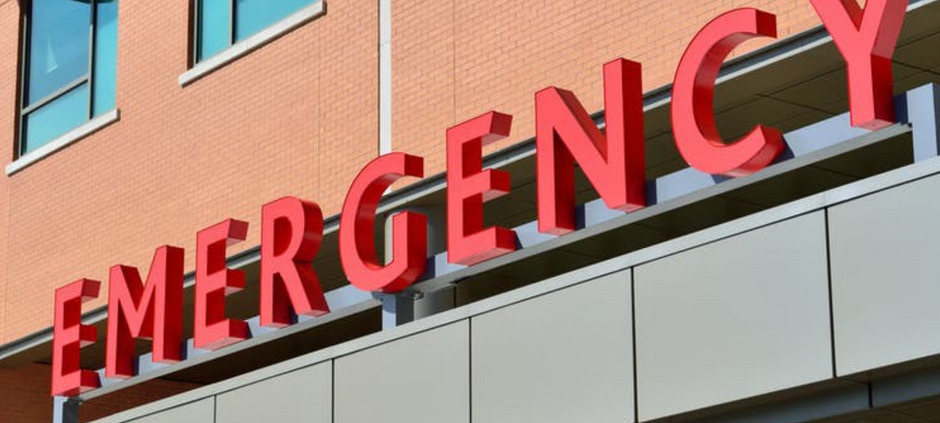Federal government clarifies CERB eligibility for Canadians seeking COVID-19 relief

By all accounts, today’s rollout of the Canada Emergency Response Benefit (CERB) has gone relatively smoothly. Ottawa estimated that more than 240,000 Canadians, in search of financial support due to the COVID-19 crisis, had successfully applied for the program this morning alone.
But at his daily press briefing, Prime Minister Justin Trudeau addressed criticism over gaps in the CERB and promised to enhance the scope of the package to provide relief to more Canadians.
“Whatever your situation, we are working to get you the help you need,” he said, as reported by the Globe and Mail.
“The emergency benefit is intended to help Canadians who need some assistance now, but I know there are some people out there who still need support and are not yet able to qualify. If your hours have been reduced, for example, to say 10 hours or less, we will soon be announcing how you can benefit from the CERB. We will also have news about people earning less money now than they would with the benefit. I’m thinking, for example, of home-care workers or people who work in long-term care work.”
As we noted in a previous blog the CERB is designed to provide financial assistance to Canadians impacted by the coronavirus pandemic. It provides a taxable benefit of $500 per week for a maximum of 16 weeks to:
- Workers who must stop working due to COVID19 and do not have access to paid leave or other income support
- Workers who are sick, quarantined, or taking care of someone who is sick with COVID-19
- Working parents who must stay home without pay to care for children that are sick or need additional care because of school and daycare closures
- Workers who still have their employment but are not being paid because there is currently not sufficient work and their employer has asked them not to come to work
- Wage earners and self-employed individuals, including contract workers
The CERB will be paid every four weeks and is available from March 15, 2020 until October 3, 2020. Benefits are expected to flow within 10 days of an application submission, and the government is not mandating a waiting period for the program. Payments are retroactive to an applicant’s eligibility date.
As with programs such as the Canada Emergency Wage Subsidy, the CERB generated a significant number of questions and calls for clarifications after it was first announced.
The government has since clarified that the program will be available to any worker residing in Canada who is at least 15 years old, who had an income of at least $5,000 in 2019 (employed or self-employed), or in the 12 months prior to the date of their application, and who is expected to be unemployed or without “self-employment income for at least 14 consecutive days in the initial four-week period.” Workers who are technically still employed, but are not working, are also eligible for the benefit.
Many business owners wondered if they would still qualify to receive CERB support if they receive remuneration in the form of corporate dividends. The answer, according to the government’s COVID-19 information portal: “Yes, as long as the dividends are non-eligible dividends (generally, those paid out of corporate income taxed at the small business rate). An individual could count this income towards the $5,000 income requirement to be eligible for CERB.”
The government is clearly working to maximize the impact and scope of the CERB benefit. We’ll know in the coming days if they manage to make these pending adjustments and bring relief to more of the Canadians who need it most.
Armando Iannuzzi, Co-Managing Partner


